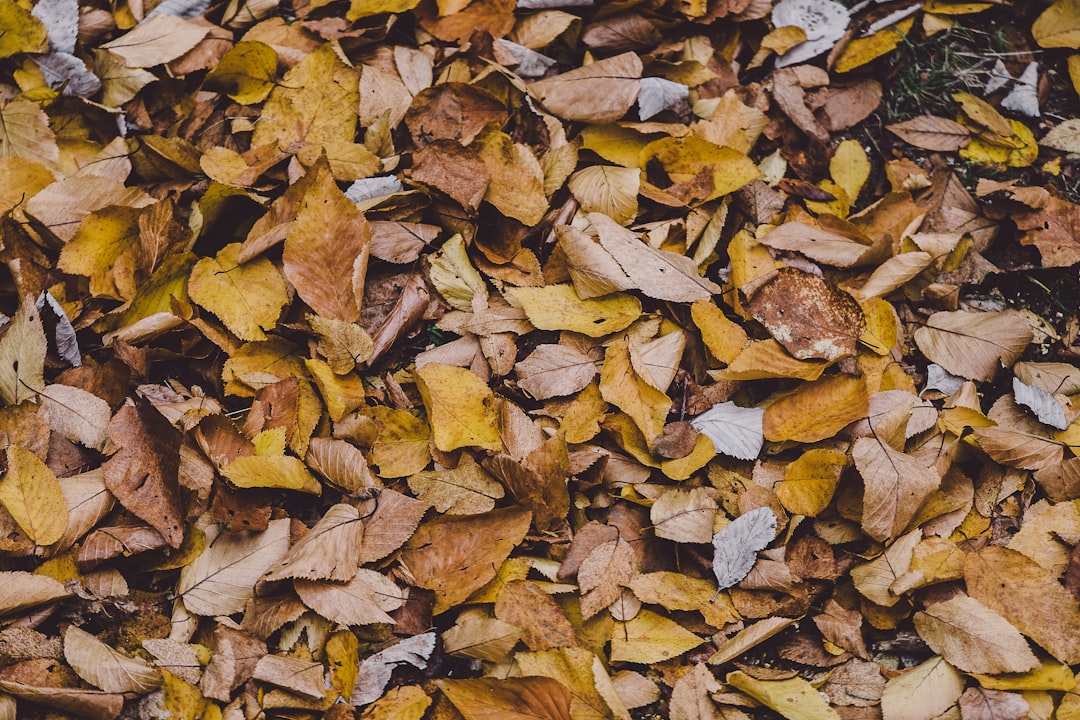Soil organic matter (SOM) plays a crucial role in soil health, influencing fertility, structure, water retention, and microbial activity. Whether you’re a home gardener, a farmer, or a soil scientist, understanding soil organic matter testing can help you make informed decisions to improve soil quality and crop productivity.
In this post, we’ll explore what soil organic matter is, why testing it matters, how to test it, and how to improve it.
What is Soil Organic Matter?
Soil organic matter (SOM) consists of:
🌱 Living organisms – Bacteria, fungi, earthworms, and other beneficial microbes.
🍂 Fresh plant and animal residues – Decomposing leaves, roots, and crop residues.
🌿 Decomposed organic material (humus) – Stable, nutrient-rich material that improves soil structure.
💡 Fun Fact: Soil organic matter makes up only 1–6% of most soils but has a huge impact on soil fertility, water retention, and microbial activity.
Why Soil Organic Matter Testing Matters
Understanding the SOM content in your soil helps you:
✅ Improve Soil Fertility – Organic matter is a key source of nutrients like nitrogen, phosphorus, and sulfur.
✅ Enhance Water Retention – Soils with higher organic matter hold moisture better, reducing drought stress.
✅ Boost Microbial Activity – Supports beneficial microbes that help break down nutrients for plant uptake.
✅ Improve Soil Structure – Reduces compaction and erosion while increasing aeration.
✅ Optimize Fertilizer Use – Helps determine how much supplemental fertilizer is needed.
💡 Did You Know? Increasing soil organic matter by just 1% can improve water-holding capacity by 20,000 gallons per acre!
How to Test Soil Organic Matter
There are several ways to measure soil organic matter, ranging from simple at-home observations to lab-based tests.
1. Visual Observation (Quick DIY Assessment)
👀 Dark, crumbly soil with a rich earthy smell usually indicates high organic matter.
🌱 Soils that feel loose and spongy typically have better SOM content.
🛑 Hard, compacted, and pale soils may lack organic matter and nutrients.
2. Soil Organic Matter Lab Test
For accurate results, consider sending a sample to a soil testing lab. The most common lab method is:
📌 Loss on Ignition (LOI) Test:
-
Soil is dried and burned at high temperatures to measure the amount of organic material lost as carbon dioxide.
-
Results are given as a percentage of soil weight (e.g., 3% SOM).
-
Ideal levels vary by soil type:
-
Sandy soils → 1-3% SOM
-
Loamy soils → 3-5% SOM
-
Clay soils → 4-6% SOM
-
3. At-Home Soil Test Kits
Some DIY soil test kits provide an estimate of SOM content, but they are not as precise as lab tests.
🔹 How to Collect a Soil Sample for Testing:
-
Use a clean trowel or soil probe to collect samples from different parts of your garden or field.
-
Take samples from 2-6 inches deep (for garden beds) or 6-12 inches deep (for farms).
-
Mix samples together in a clean container and send a portion to a soil testing lab.
💡 Pro Tip: Test your soil every 2-3 years to track organic matter changes over time.
How to Increase Soil Organic Matter
If your soil test shows low organic matter, here are some ways to improve it:
1. Add Compost 🌿
-
Compost improves SOM by adding decomposed organic materials.
-
Apply 1-2 inches of compost annually to garden beds.
2. Use Cover Crops 🌾
-
Grow legumes (clover, vetch) or grasses (rye, oats) to add organic matter naturally.
-
Cover crops prevent erosion, improve structure, and boost soil biology.
3. Apply Mulch 🍂
-
Organic mulches like straw, wood chips, and leaves decompose over time, enriching the soil.
-
Mulching also reduces moisture loss and suppresses weeds.
4. Reduce Tillage 🚜
-
Excessive tilling breaks down organic matter faster, leading to depletion.
-
Consider no-till or minimal tillage methods to preserve SOM.
5. Incorporate Manure & Organic Fertilizers 🐄
-
Well-aged manure adds nutrients and improves microbial life.
-
Use composted manure to avoid nitrogen burn and weed seeds.
6. Encourage Microbial Life 🦠
-
Healthy microbes break down organic material and create humus.
-
Avoid chemical-heavy fertilizers that harm beneficial bacteria and fungi.
Final Thoughts: Why Soil Organic Matter Testing is Essential
Soil organic matter is the foundation of healthy soil. By testing SOM levels, you can:
🌱 Optimize soil fertility for better plant growth.
💧 Improve water retention and reduce drought stress.
🐛 Boost microbial life and soil biodiversity.
🚜 Make informed decisions on compost, fertilizers, and tillage.
Testing your soil and improving SOM over time leads to healthier plants, better yields, and more sustainable farming or gardening practices.
🌿 Ready to improve your soil? Start with a soil organic matter test today! 🌱✨

Comments
No comments yet. Be the first to comment!
You must be logged in to comment. Login